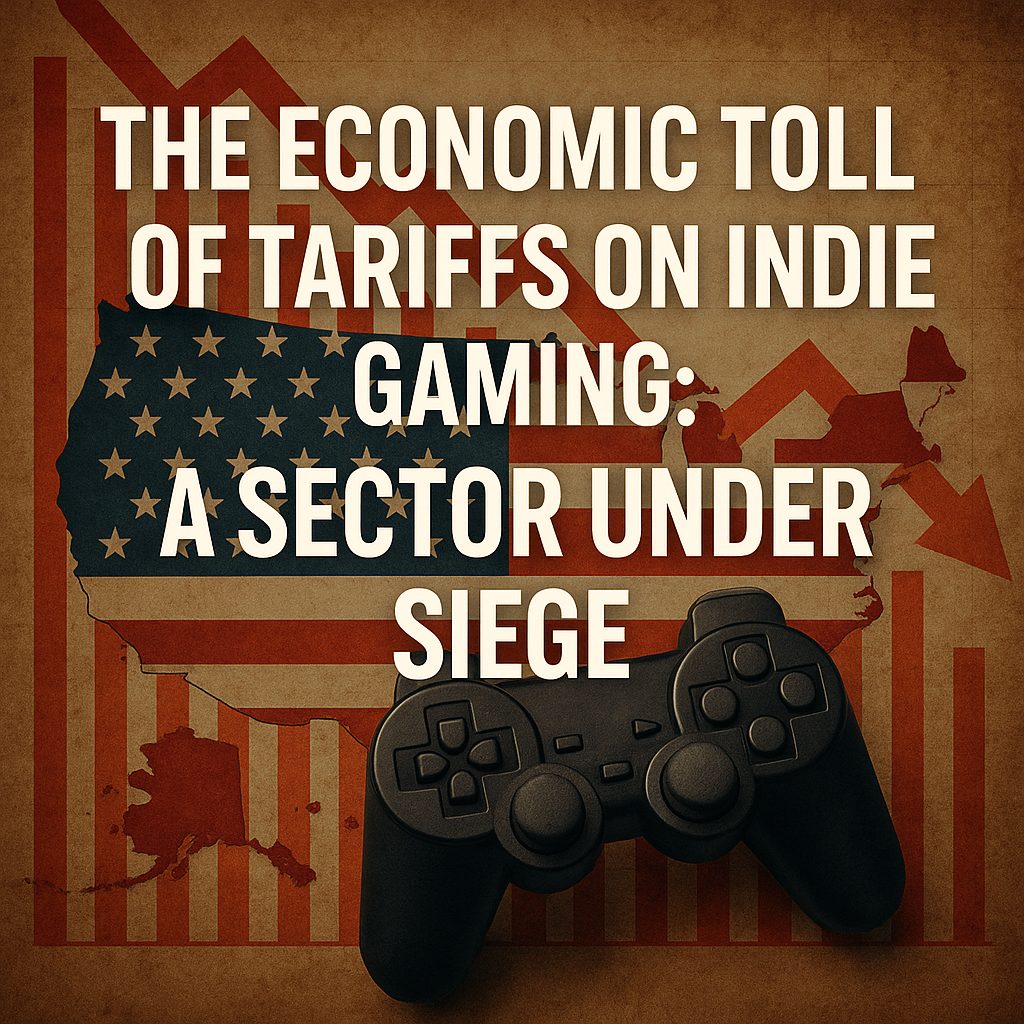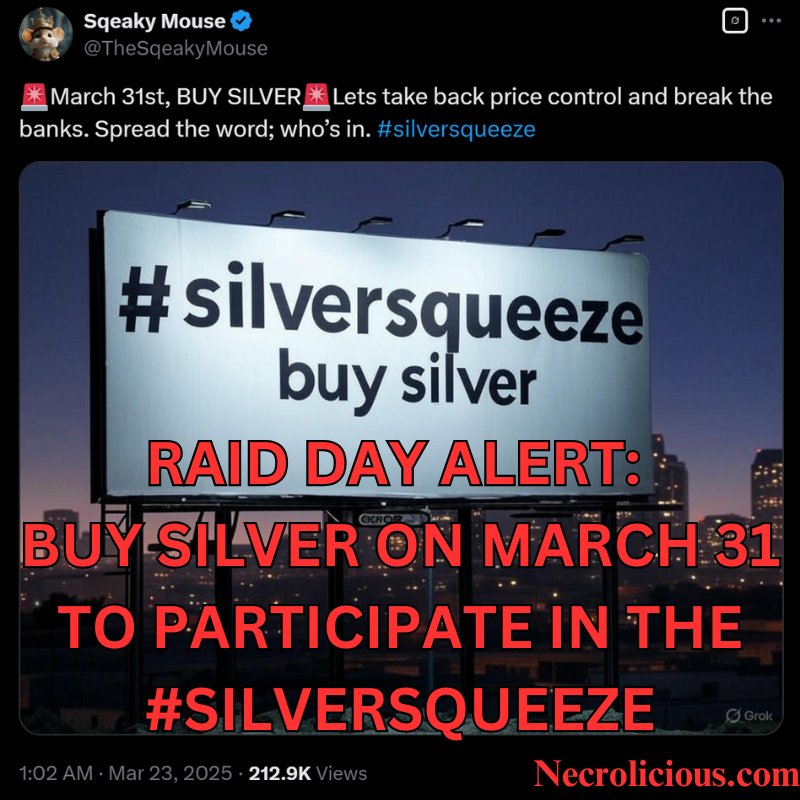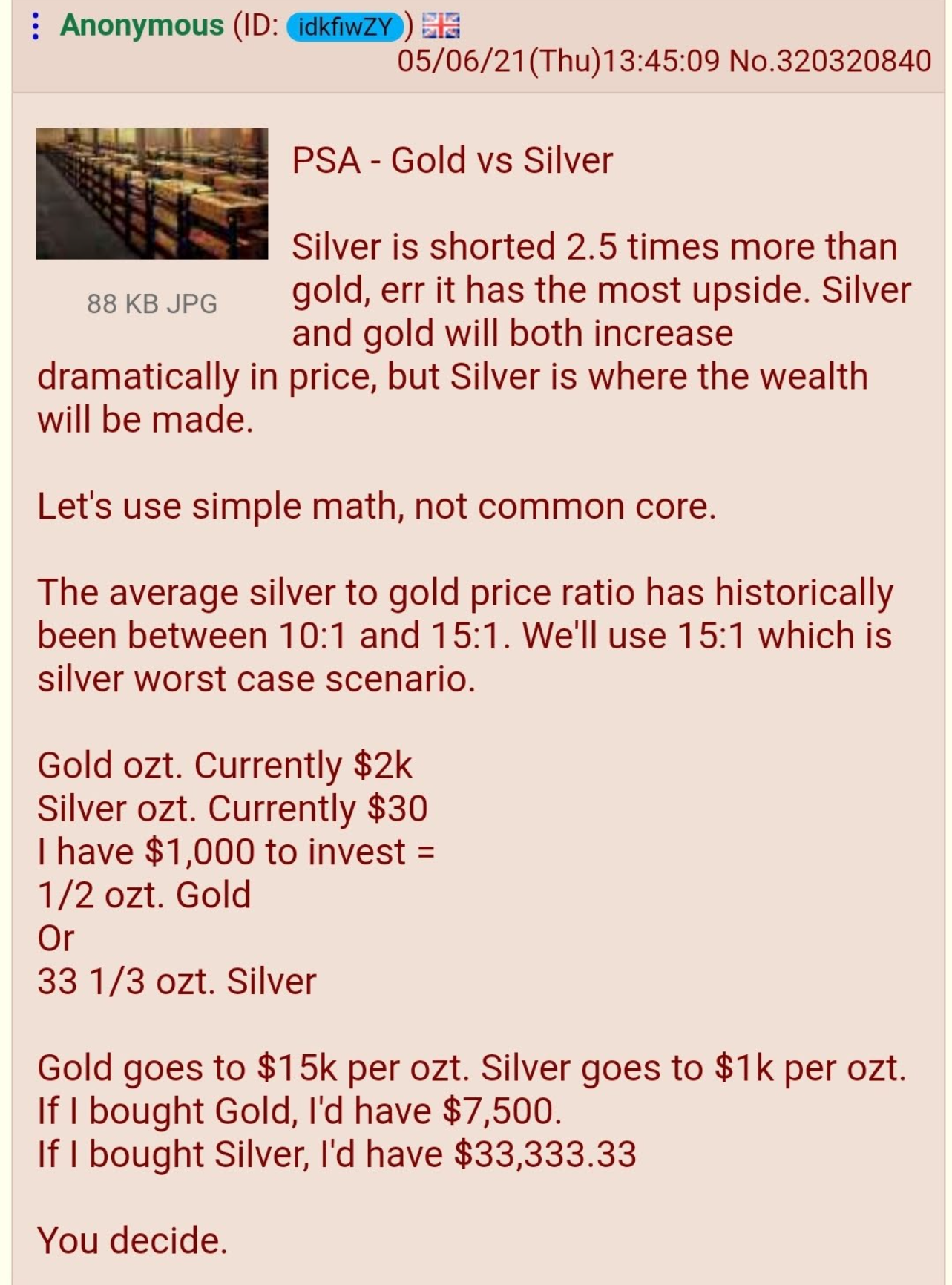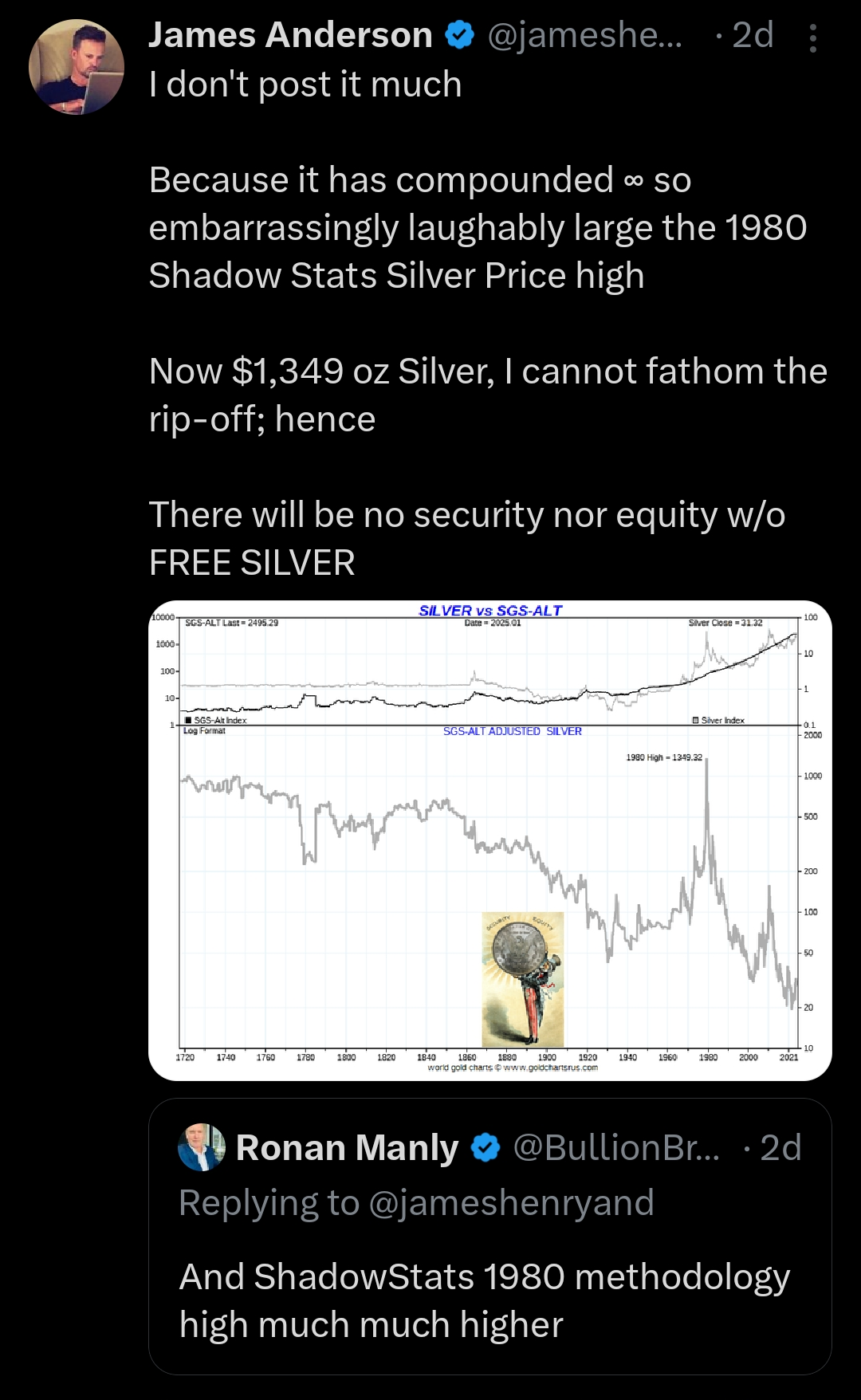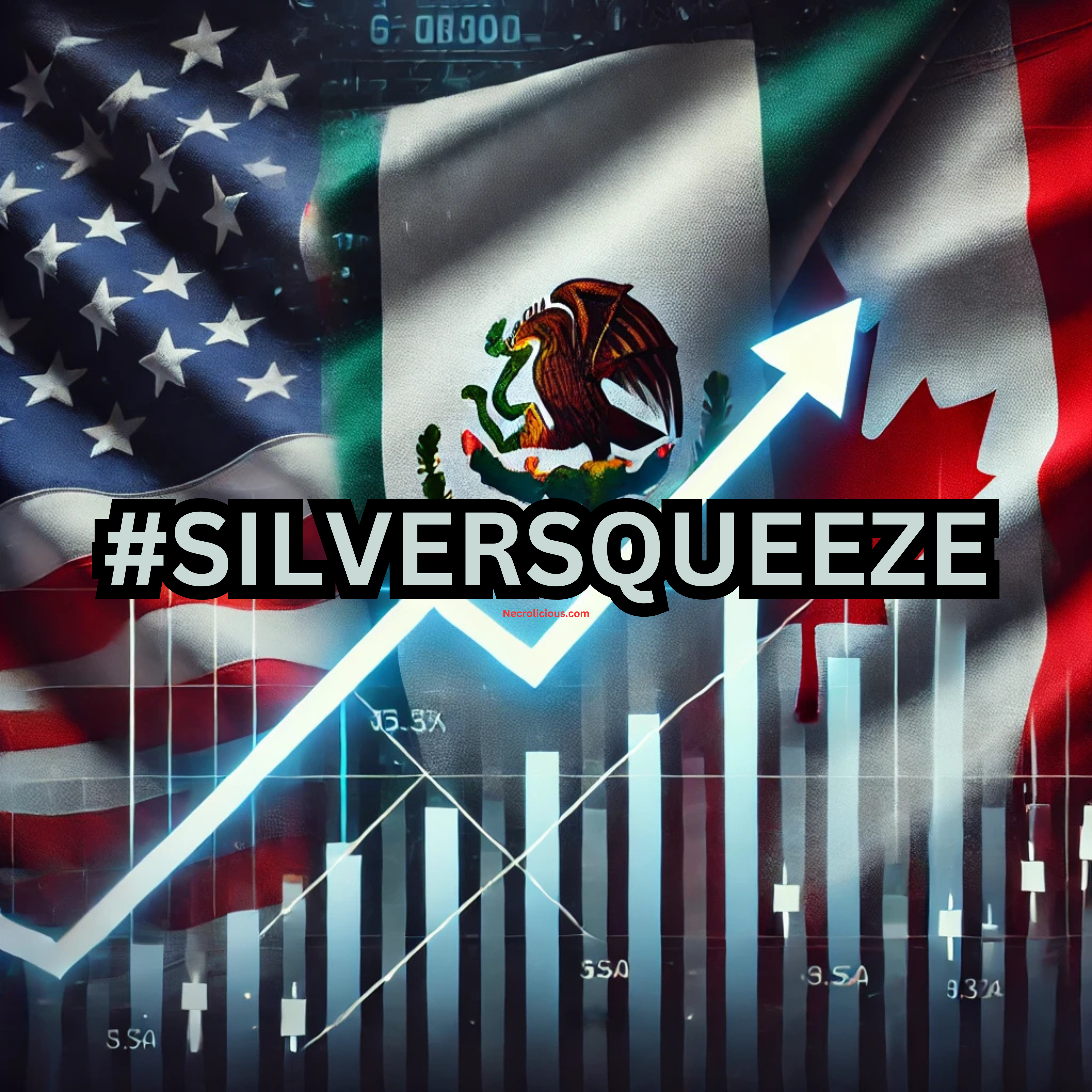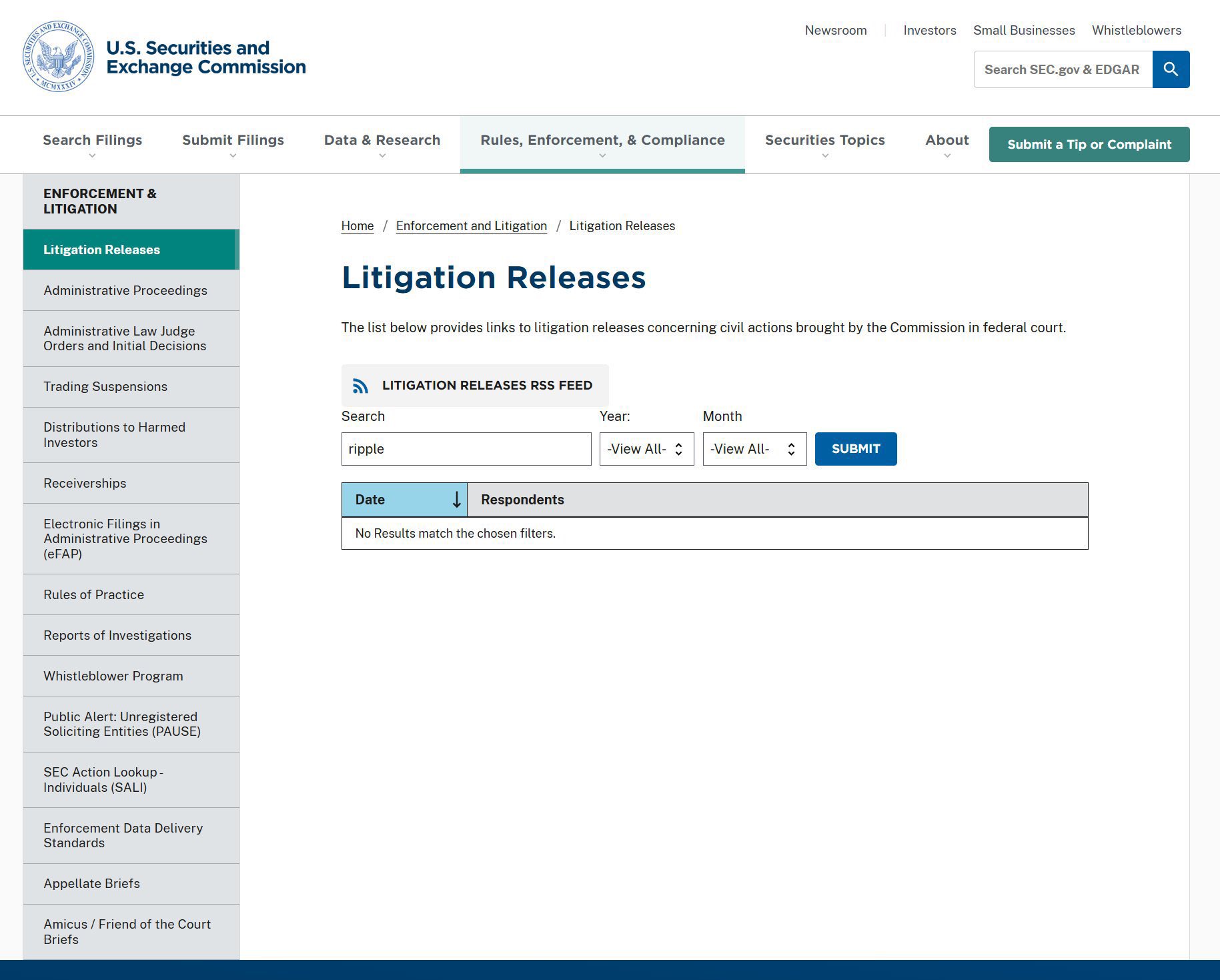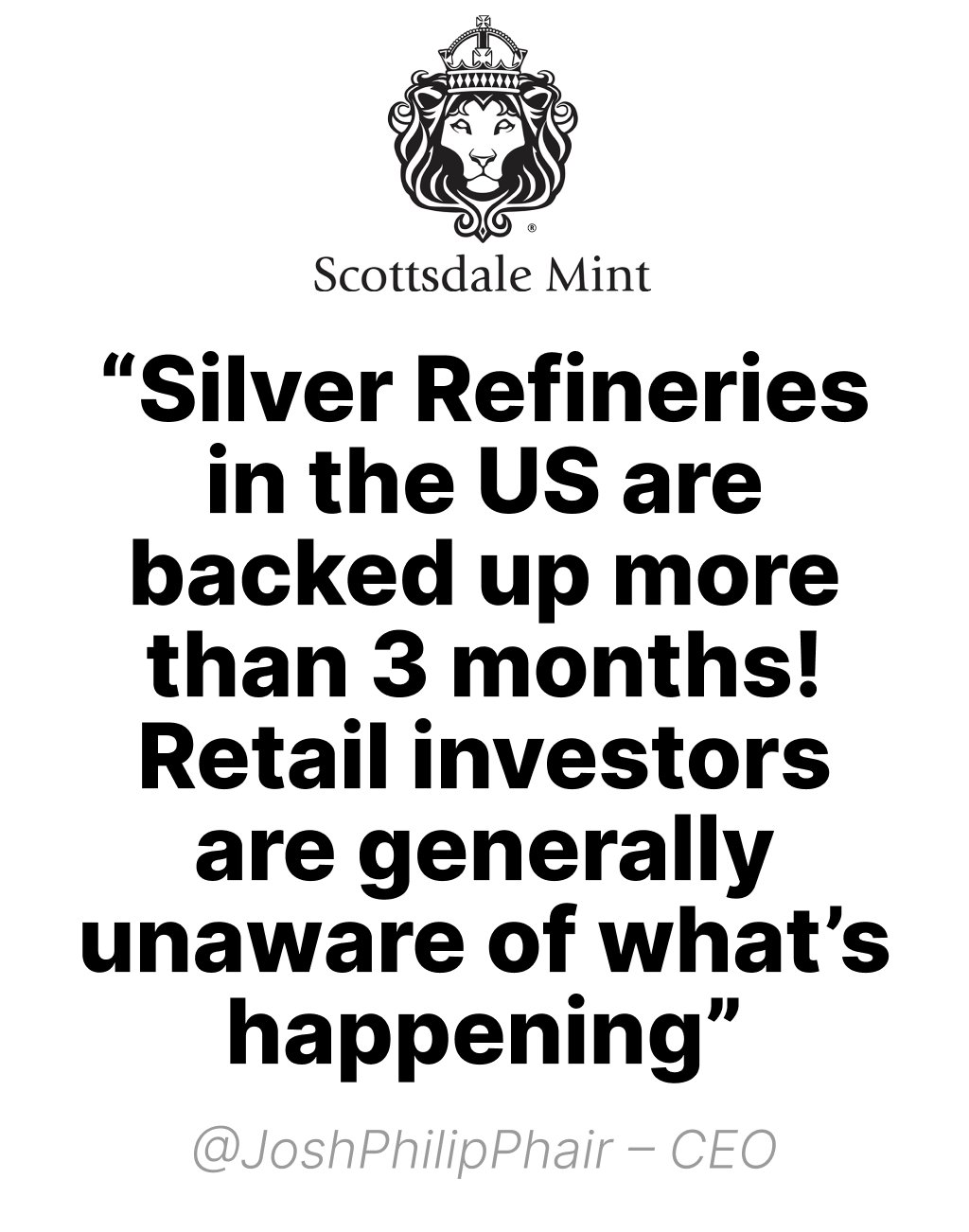Recently, the gold-to-silver ratio has hovered between 100 and 107 ounces of silver equaling the cost of one ounce of gold. However, data from the past 50 years shows that the average ratio is significantly lower, lingering in the low 50s. A return to this average could more than double silver’s price.
Delving deeper, the ratio’s most recent low was in 2011, at just 32 ounces of silver equaling one ounce of gold. A return to this level would mean approximately a tripling of silver’s current price. Moreover, historical analysis beyond the past 50 years shows that the gold-to-silver ratio has varied between 2:1 and 15:1, averaging around 7:1. Current mining ratios align with this, as 7 ounces of silver are mined for every 1 ounce of gold.
Additional arguments highlight silver’s unique dynamics. While gold is primarily stored in vaults, silver is consumed in various industries, including medicinal, energy (solar and battery technologies), coinage, and jewelry. Some believe the real gold-to-silver ratio could be as low as 1:1, awaiting price discovery and revaluation based on inflation, scarcity as well as other factors.
All these logistics suggest silver may represent one of the safest investment opportunities. For reference, here are charts based on today’s prices can illustrate potential silver prices if the gold-to-silver ratio reverts to historical averages or even approaches a 1:1 valuation against gold. Note that even the 85-1 ratio. currently exceeds the spot price as of this writing. In my non-professional opinion, this is further indication of silver’s unnatural price manipulation, which cannot continue infinitely for a commodity with a finite supply & average annual deficits of nearly 200 million ounces for the past 5 years running.
USD
| Gold-to-Silver Ratio | Silver Price ($ per troy ounce) |
|---|---|
| 103:1 | $32.36 |
| 75:1 | $44.44 |
| 60:1 | $55.55 |
| 50:1 | $66.66 |
| 40:1 | $83.33 |
| 30:1 | $111.10 |
| 20:1 | $166.65 |
| 10:1 | $333.30 |
| 1:1 | $3,333.00 |
JPY
| Gold-to-Silver Ratio | Silver Price (JPY per troy ounce) |
|---|---|
| 103:1 | 4,628.40 |
| 75:1 | 6,355.99 |
| 60:1 | 7,944.99 |
| 50:1 | 9,533.99 |
| 40:1 | 11,917.49 |
| 30:1 | 15,889.99 |
| 20:1 | 23,834.98 |
| 10:1 | 47,669.96 |
| 1:1 | 476,699.59 |
I’m not a financial advisor & this is not financial advice, I’m just heavily invested in silver.
If you want to start investing in precious metals & want a FREE half-ounce of silver, sign up for Kinesis using my link!

